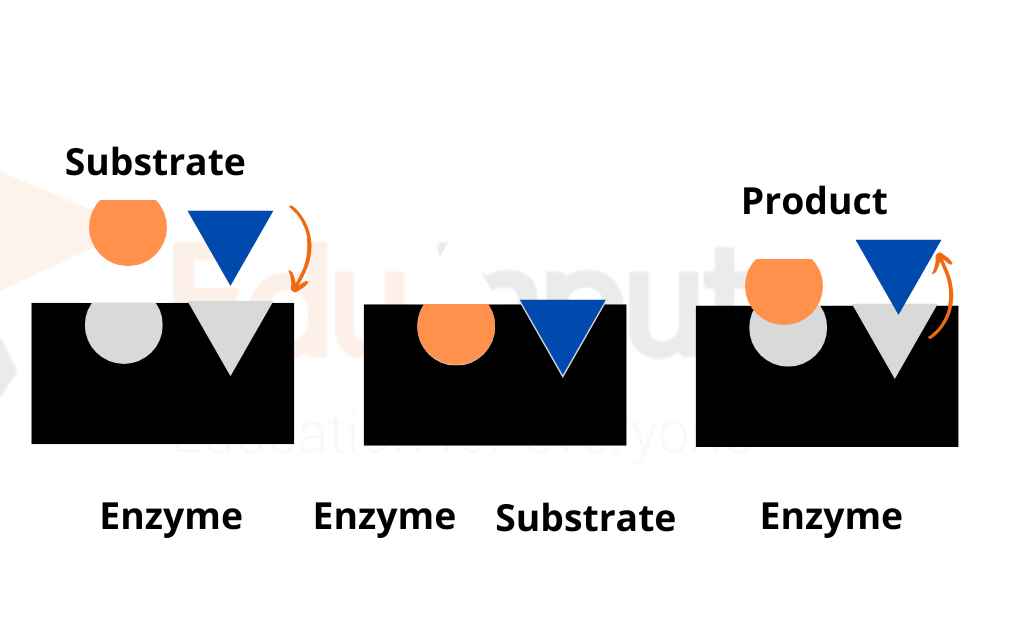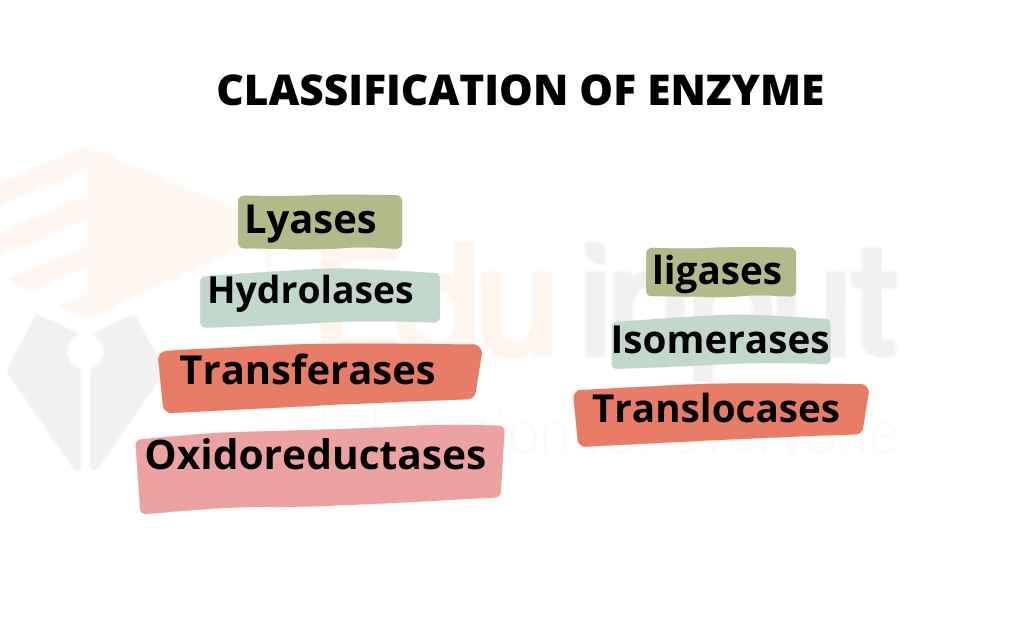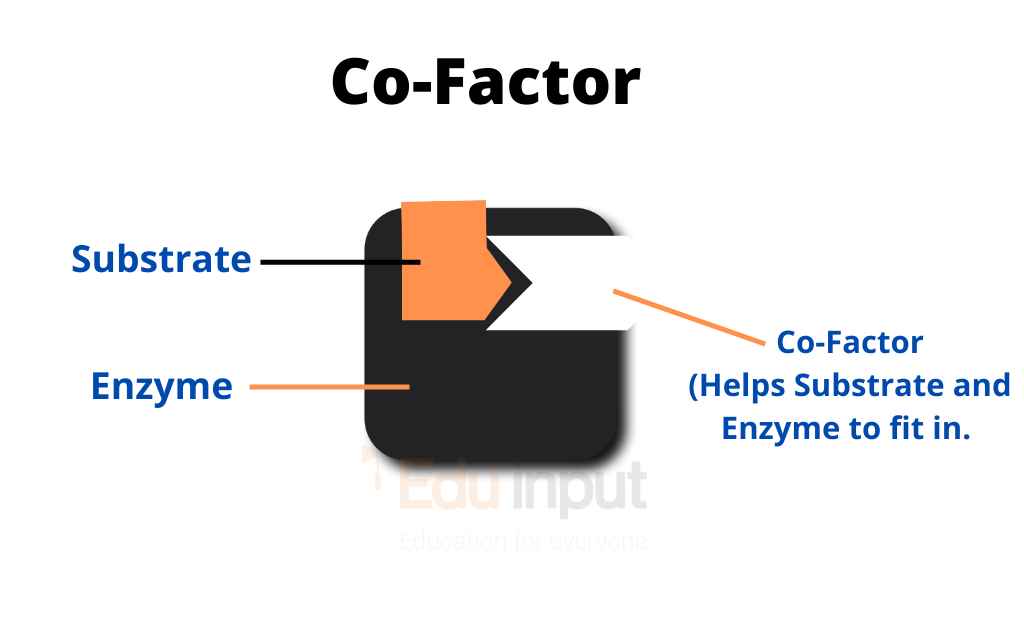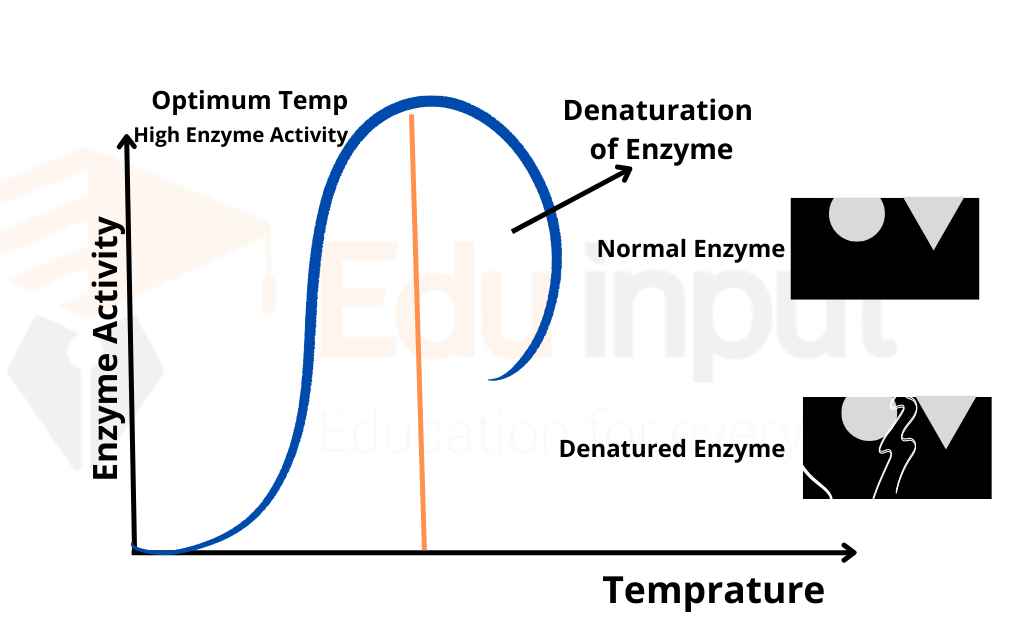Biological Catalyst-Enzyme | Nomenclature of Enzyme
An enzyme is a biologically active protein that accelerates a specific chemical reaction by increasing the efficiency of the reaction.
Biological Catalyst-Enzyme
Enzymes are proteins that catalyze (speed up) chemical reactions. Biological Catalyst-Enzymes are substrate specific. These enzymes are highly specific and cannot be replaced by another enzyme from a different source. Each enzyme has a unique role to play in the process of breaking down and digesting food so that our bodies can extract its nutrients.
It lowers the activation energy of the reaction and remains unaltered in the process. Most enzymes are proteins in nature. Some are nucleic acids (RNA) like ribozymes. Enzymes have higher catalytic power. They greatly increase the reaction rate at which specific chemical reactions take place.

Role of Enzyme in Catalysis
The metabolism of an animal is controlled specifically. This control and balance are kept by using enzymes. Catalysis is the process of keeping control of the metabolism of animals. Therefore, catalysis is one of the most important functions in life. Catalysis is a series of chemical processes. These processes are regulated by enzymes. the same reaction can occur without enzymes too.
But it will occur at a much slower rate than the reaction that is being catalyzed by enzymes. In the end, the enzyme is released as it is (unchanged). Thus it can be used again and again in catalysis.,
Specificity of Enzyme
An enzyme is a three-dimensional globular protein. The enzyme has a specific chemical composition. It has specific amino acids and a specific shape. An enzyme is highly selective for the reaction.
The reactants of enzymatic reactions are called substrates. Due to this specificity, each enzyme recognizes and binds with a specific substrate. It then changes this substrate into a product.
Other than that specific substrate, the enzyme will not react with any other substrate.
Enzyme Substrate Reaction
The precise “fit” between an enzyme and its specific substrate is a must-have thing for catalytic activity.
For example, cellular concentrations of many reactants must be kept at low levels. It avoids undesirable side reactions. At the same time, concentrations of the enzyme must be kept high for the required reactions. Thus the reaction occurs at a balanced concentration of enzyme that is compatible with life.
The enzymes move molecules through specific chemical pathways. So the metabolism proceeds under these balanced conditions.
Nomenclature of Enzyme
All enzyme names end with the suffix ”ase”. They are named after their substrate. But several digestive enzymes were discovered earlier. They do not follow this rule. For example, pepsin and trypsin.

| Enzyme Class | Function |
| Oxidoreductases | They catalyze redox reaction and are categorized into oxidase and reductase enzyme. |
| Transferases | They catalyze the exchange of certain groups among some substrates. |
| Hydrolases | Accelerate the hydrolysis (break down of the chemical bond by using water molecule ) of substrates |
| Lyases | Catalyse the removal of a group from a substrate (to leave a double bond reaction or vise virsa) |
| Isomerases | Catalyses the reaction of conversion of isoisomers, geometric isomers and others. |
| Ligases | It catalyze the synthesis of two molecular substrates into one molecular. Energy releases during this reaction. |
| Translocases | It facilitates the movement of ions or molecules. (across plasma membrane) |
Related FAQs
What is biological catalysis?
Biological substances from biological sources that speed up the biological reaction are called biological catalysts.
What are examples of biological enzymes?
Here are some examples of biological enzymes;
Lipases
Trypsin
Maltase
Amylase
What are the classes of enzymes?
Enzymes are classified into 7 classes;
Oxidoreductases
Transferases
Hydrolases
Lyases
Isomerases
Ligases
Translocases

 written by
written by 





Leave a Reply